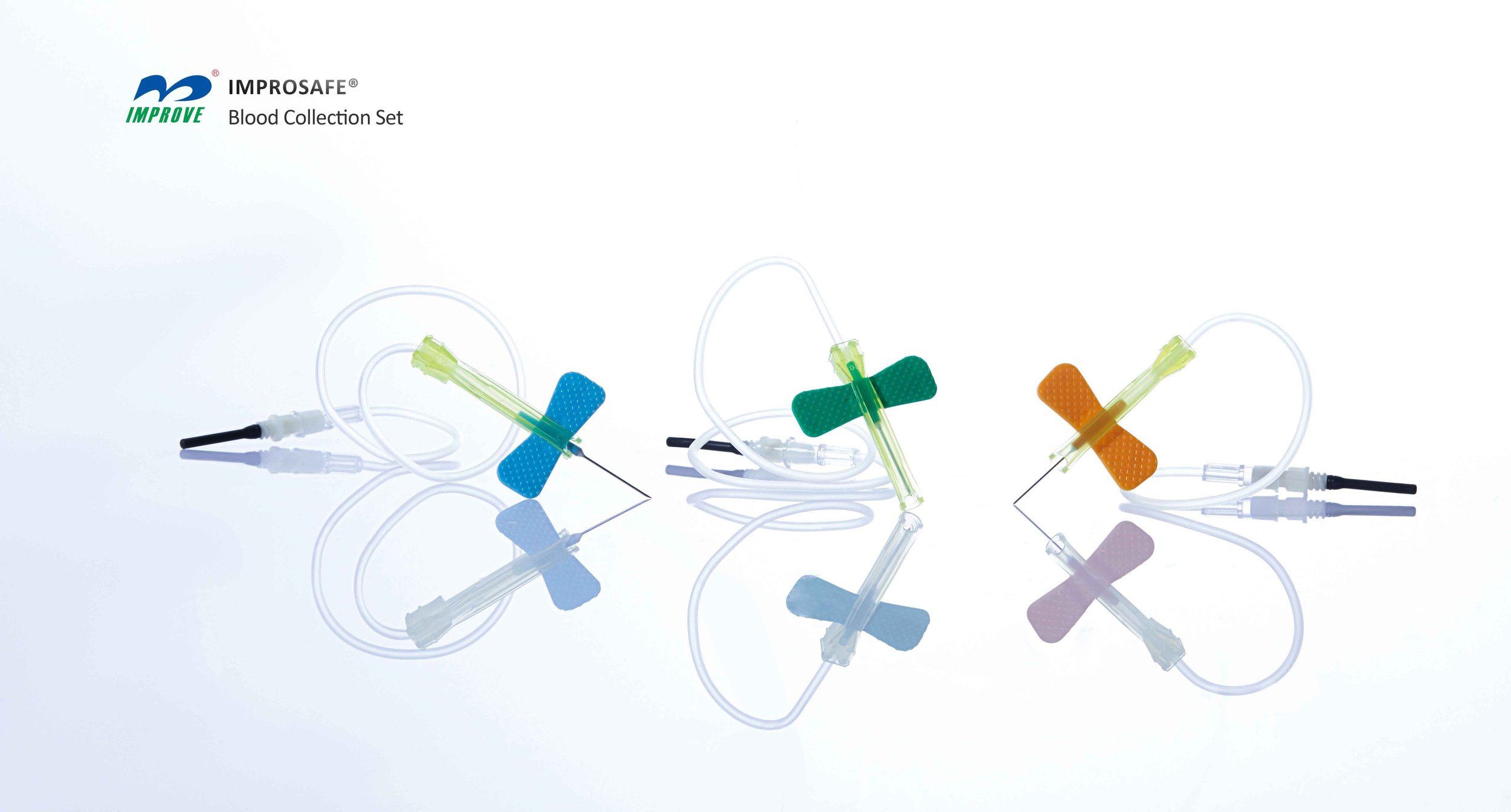Protecting Patient Confidentiality in Medical Labs and Phlebotomy Centers: The Role of NDAs
Summary
- Medical labs and phlebotomy centers in the United States rely on NDAs to protect sensitive patient information.
- Employees and contractors are required to sign NDAs as a condition of employment or partnership.
- Enforcement of NDAs is crucial to maintaining Patient Confidentiality and upholding ethical standards in the healthcare industry.
Introduction
Medical labs and phlebotomy centers play a critical role in the healthcare system by conducting Diagnostic Tests and collecting blood samples for analysis. In the United States, these facilities are responsible for handling sensitive patient information that must be kept confidential to protect patient privacy and comply with federal Regulations. One way that medical labs and phlebotomy centers enforce confidentiality is through the use of Non-Disclosure Agreements (NDAs) with their employees and contractors.
What are NDAs?
A Non-Disclosure Agreement (NDA) is a legal contract between two parties that outlines confidential information that the parties wish to share with each other for certain purposes, but do not want to be made public or disclosed to third parties. In the context of medical labs and phlebotomy centers, NDAs are used to protect sensitive patient information from unauthorized disclosure.
Key Elements of NDAs
- Identification of the parties involved
- Definition of what constitutes confidential information
- Obligations and responsibilities of the parties to keep the information confidential
- Terms of the agreement, including duration and circumstances under which the NDA may be terminated
Enforcing NDAs in Medical Labs and Phlebotomy Centers
Medical labs and phlebotomy centers in the United States enforce NDAs with their employees and contractors through a variety of measures to ensure compliance and protect Patient Confidentiality.
Signing NDAs as a Condition of Employment or Partnership
Employees and contractors working in medical labs and phlebotomy centers are typically required to sign NDAs as a condition of their employment or partnership. By signing the NDA, they agree to keep patient information confidential and uphold the ethical standards of the healthcare industry.
Training and Education on Confidentiality
Medical labs and phlebotomy centers provide training and education to their employees and contractors on the importance of confidentiality and the proper handling of sensitive patient information. This helps to reinforce the obligations outlined in the NDA and ensures that all staff are aware of their responsibilities.
Regular Monitoring and Auditing
Medical labs and phlebotomy centers regularly monitor and audit their employees and contractors to ensure compliance with the NDA and other confidentiality policies. This may include reviewing access logs, conducting random audits of patient records, and implementing other security measures to prevent unauthorized disclosure of information.
Consequences for Violating NDAs
Employees and contractors who violate the terms of the NDA may face disciplinary action, including termination of employment or partnership. Medical labs and phlebotomy centers take breaches of confidentiality seriously to protect patient privacy and maintain the trust of their patients.
Challenges in Enforcing NDAs
While NDAs are an important tool for protecting patient information, there are challenges in enforcing them effectively in medical labs and phlebotomy centers.
Complexity of Healthcare Workflows
Medical labs and phlebotomy centers have complex workflows that involve multiple employees and contractors handling sensitive patient information. Ensuring that all staff members understand and comply with the NDA can be challenging, especially in fast-paced environments where mistakes can easily occur.
Technological Risks
The use of technology in medical labs and phlebotomy centers introduces additional risks to Patient Confidentiality. Electronic Health Records, digital communication tools, and other technologies can make it easier for employees and contractors to inadvertently disclose confidential information. Protecting patient data in the digital age requires robust security measures and ongoing monitoring.
Conclusion
Non-Disclosure Agreements (NDAs) play a critical role in protecting sensitive patient information in medical labs and phlebotomy centers in the United States. By enforcing NDAs with employees and contractors, these facilities can uphold ethical standards, maintain Patient Confidentiality, and comply with federal Regulations. While there are challenges in enforcing NDAs effectively, medical labs and phlebotomy centers must continue to prioritize confidentiality and take proactive measures to prevent unauthorized disclosure of patient information.

Disclaimer: The content provided on this blog is for informational purposes only, reflecting the personal opinions and insights of the author(s) on the topics. The information provided should not be used for diagnosing or treating a health problem or disease, and those seeking personal medical advice should consult with a licensed physician. Always seek the advice of your doctor or other qualified health provider regarding a medical condition. Never disregard professional medical advice or delay in seeking it because of something you have read on this website. If you think you may have a medical emergency, call 911 or go to the nearest emergency room immediately. No physician-patient relationship is created by this web site or its use. No contributors to this web site make any representations, express or implied, with respect to the information provided herein or to its use. While we strive to share accurate and up-to-date information, we cannot guarantee the completeness, reliability, or accuracy of the content. The blog may also include links to external websites and resources for the convenience of our readers. Please note that linking to other sites does not imply endorsement of their content, practices, or services by us. Readers should use their discretion and judgment while exploring any external links and resources mentioned on this blog.
